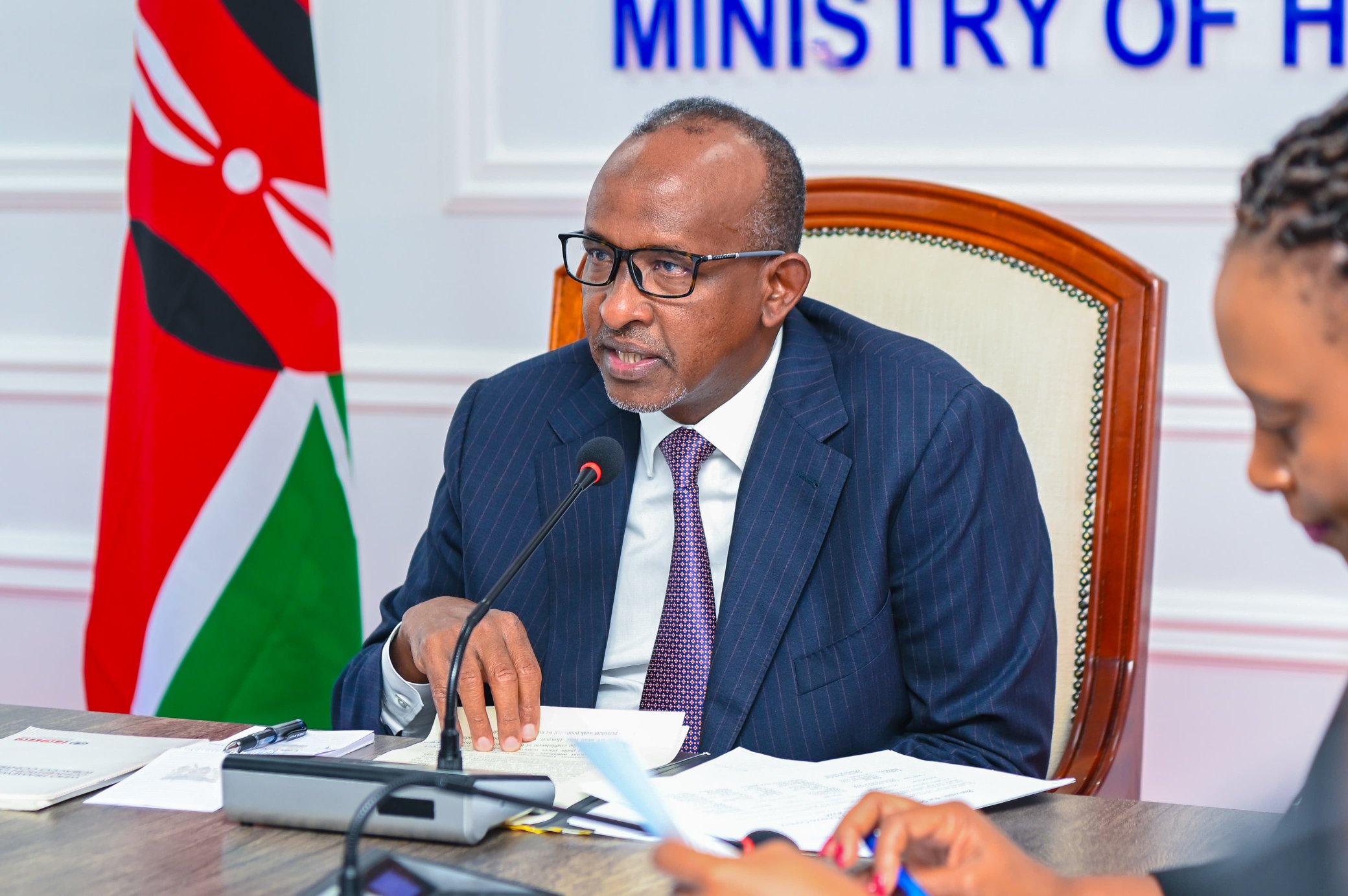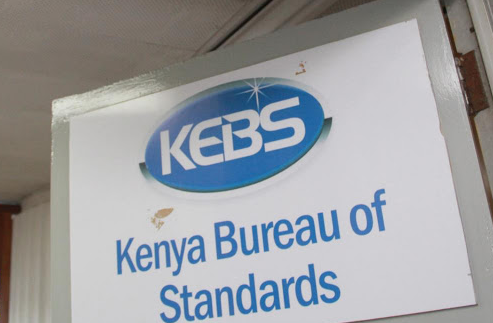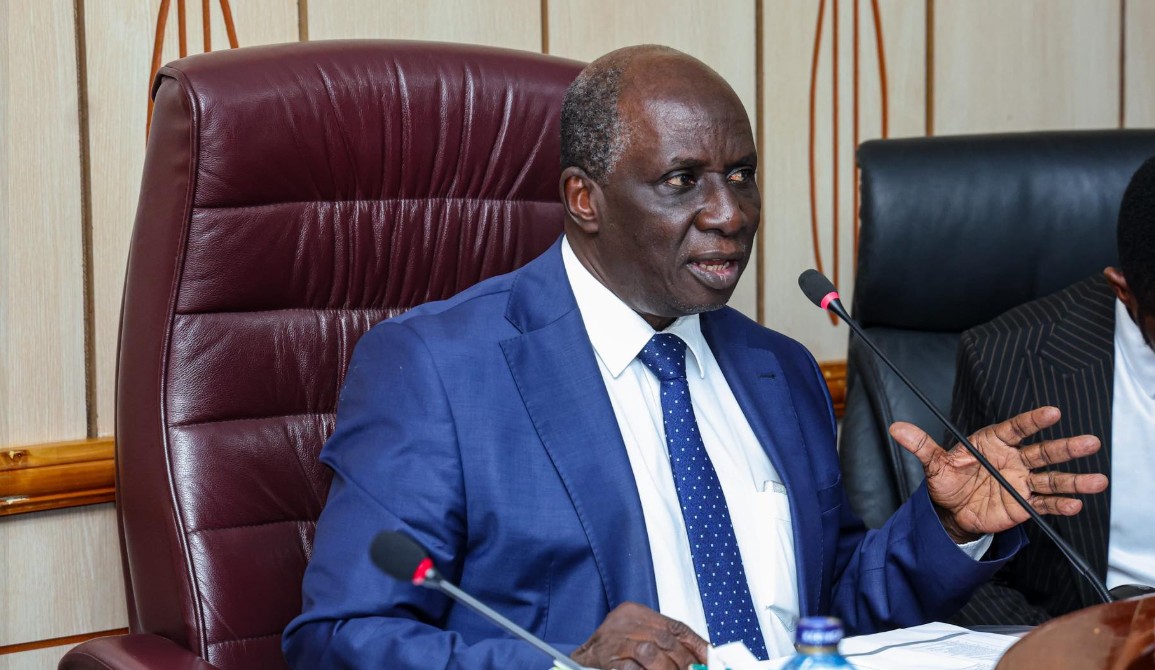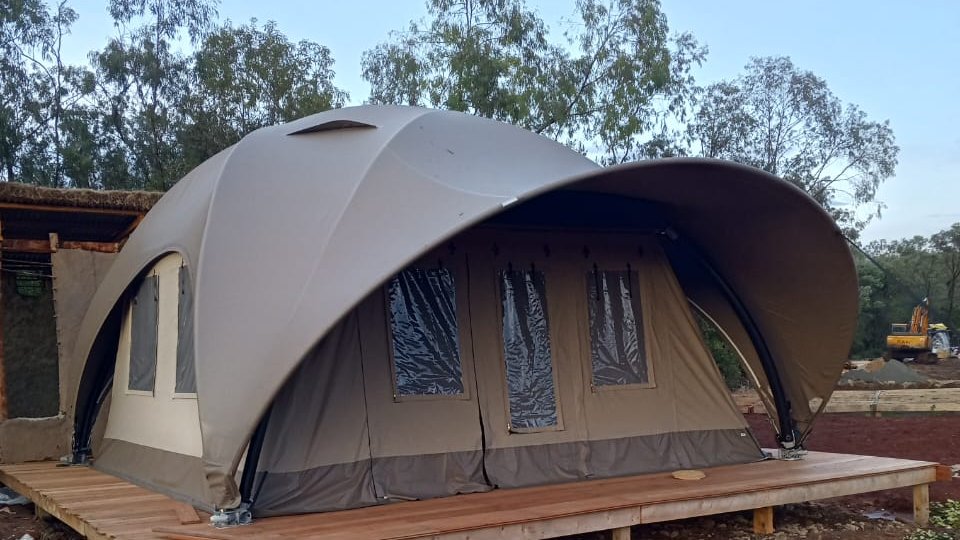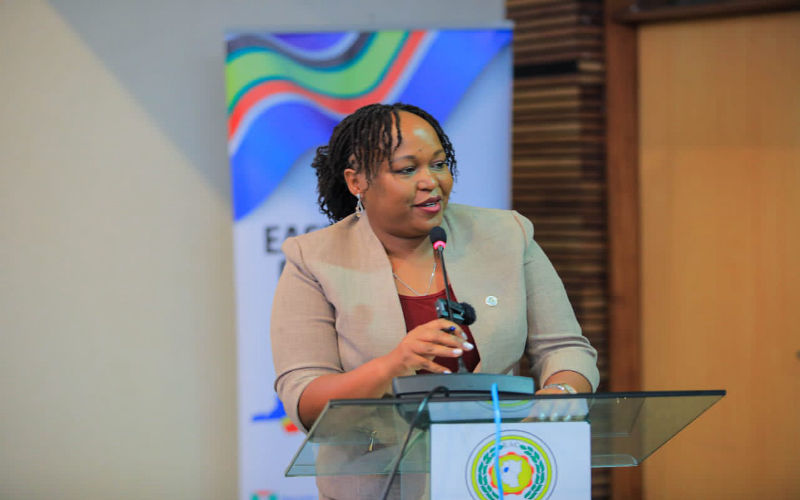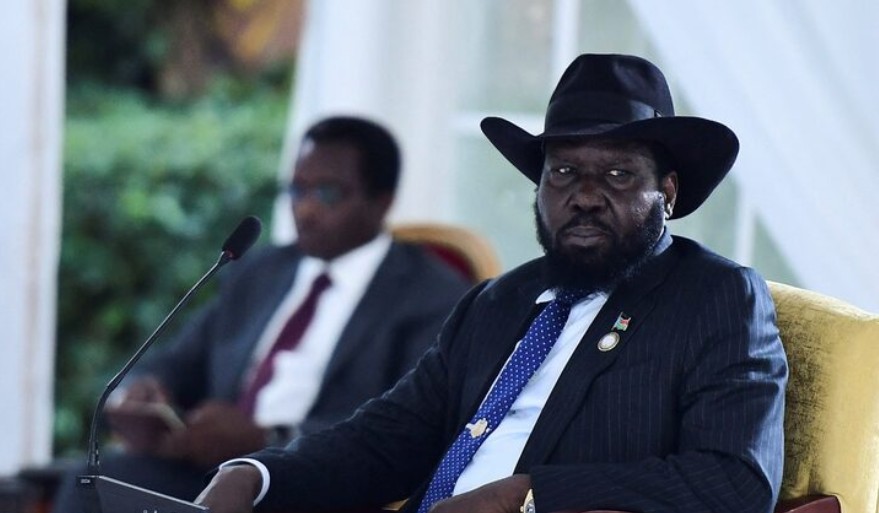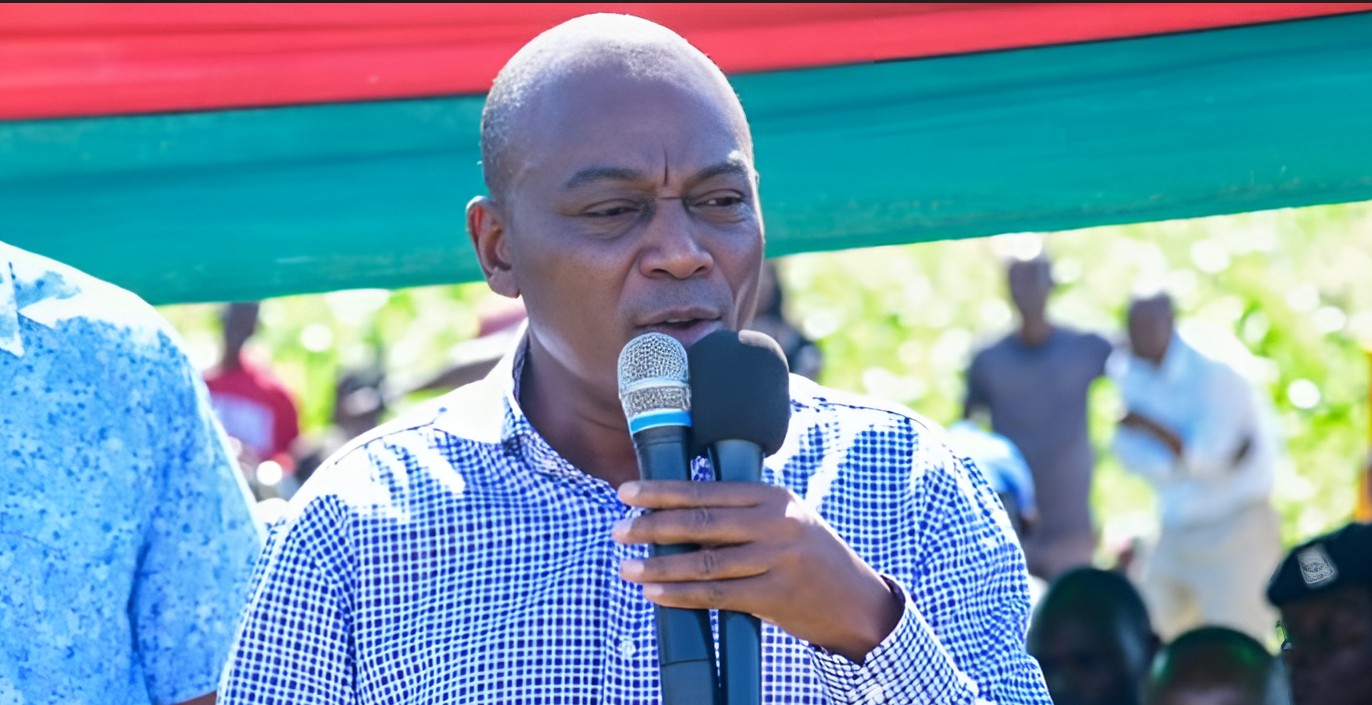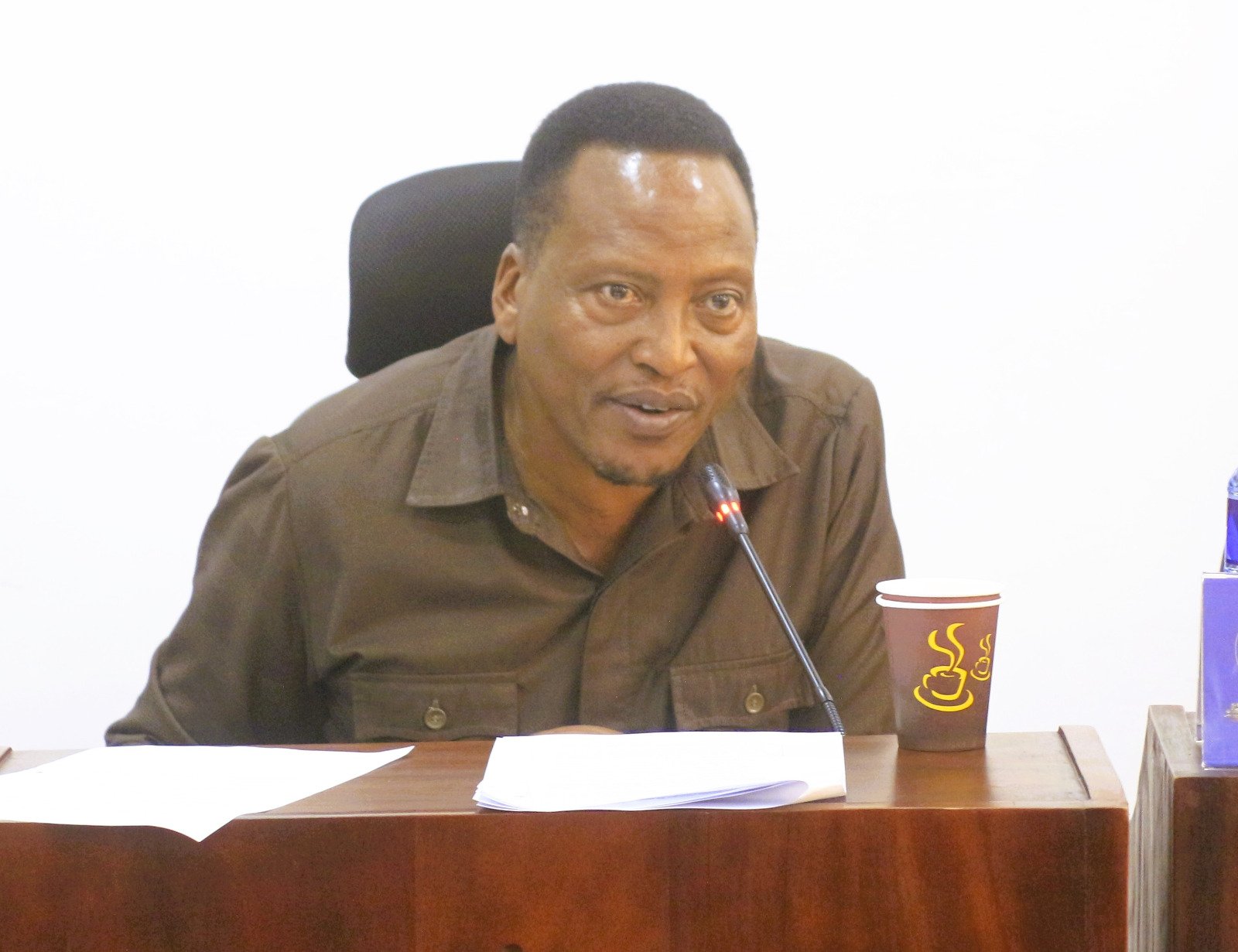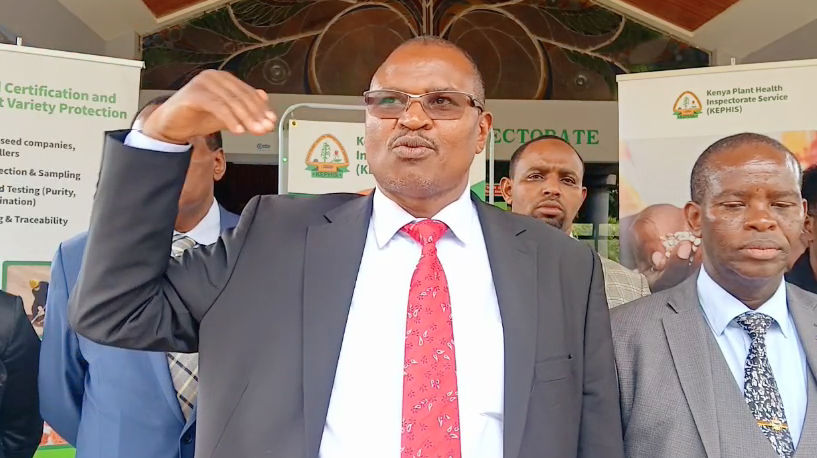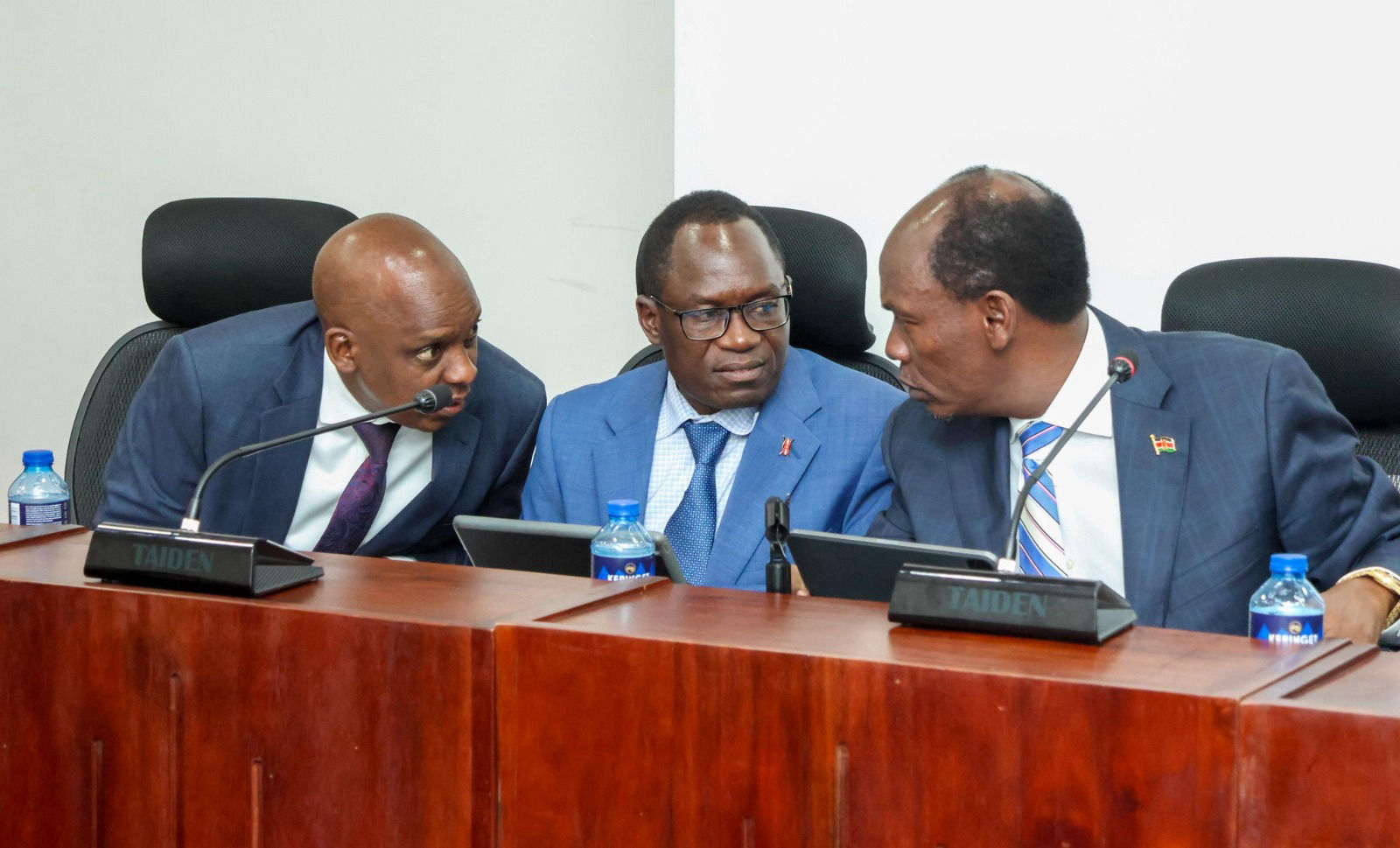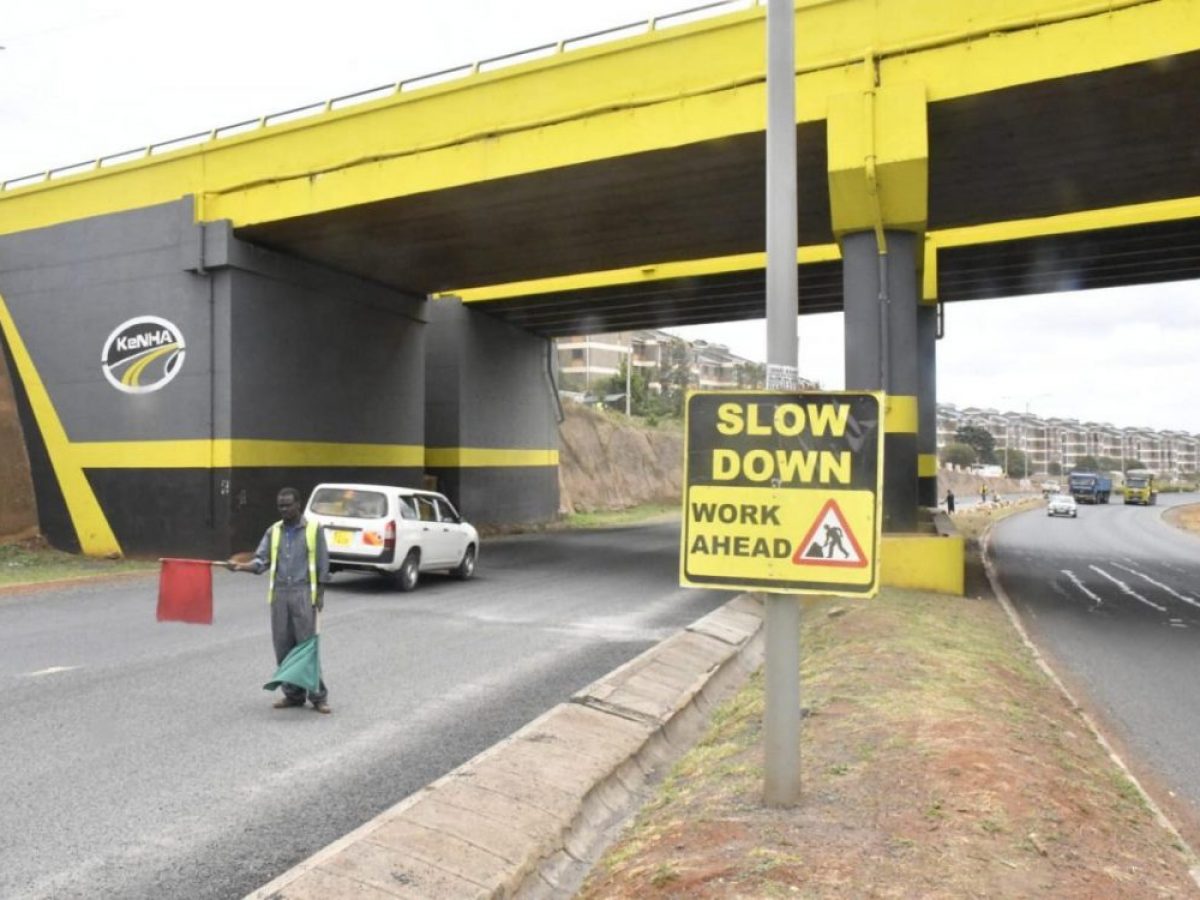2025 marks a historic shift with no Form One intake after 39 years
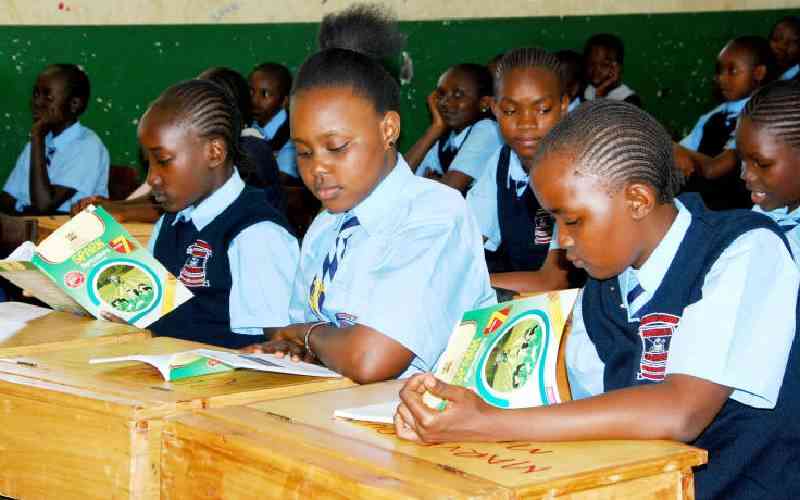
KESSHA national chairperson Willy Kuria expressed concern about the financial shortfall in secondary schools.
The 2025 academic year will mark a significant change to the education system in Kenya, as for the first time in 39 years, there will be no Form One admissions in secondary schools.
The shift follows the phasing out of the 8-4-4 system in primary schools and the full transition to the Competency-Based Curriculum (CBC), which is entering a new phase.
More To Read
- Government slashes university fees to ease financial burden
- 2024 KCSE learners urged to explore TVET as alternative route to jobs, entrepreneurship
- Governors slam treasury over free education funding cuts
- Free education here to stay- PS Julius Bitok clarifies after uproar
- CS Mbadi under fire for saying State can’t fully fund free education
- Governors reject audit of bursary funds in six counties
When students return to school on January 6, the structure of the school term will differ notably from previous years.
For the first time since 1985, there will be no Form One admissions as the last group of students under the 8-4-4 system graduated from primary school in 2023.
This change follows the introduction of the CBC, which aims to better align education with individual student capabilities.
In 2024, Kenya also scrapped the usual Kenya Certificate of Primary Education (KCPE) exams, a departure from tradition. The first CBC class, which is now in Grade 9, will be the final stage of junior secondary school and will be hosted in primary schools.
Dip in demand
The shift has caused immense change as back-to-school activities have been quieter than usual. Fewer parents have reportedly visited shops in search of supplies such as uniforms, books, and other materials traditionally required by Form One students.
Artisans who typically make and sell school trunks are also facing a dip in demand for their products.
Publishers and bookstores are also feeling the financial pinch. Traditionally, these businesses see a spike in sales at the start of the academic year as they supply essential reference books.
However, this year, they are grappling with an unsold stock of Form One textbooks.
Schools funding
The transition will also result in financial implications for the education sector.
Secondary schools will lose funds previously allocated to them under the free day secondary education (FDSE) programme as there will be no Form One students.
Each student was allocated about Sh22,244 for tuition, but secondary schools will miss out on this funding. Additionally, many secondary schools will have unused classrooms, which could help alleviate overcrowding that has been an issue since the introduction of the 100 per cent transition policy in 2014.
However, this will also place additional financial responsibility on primary school headteachers, as they will now manage funds for both primary and junior secondary education. Primary school students receive Sh14,420 per year, while junior school students are allocated Sh15,042 annually.
The Kenya Secondary Schools Heads Association (KESSHA) has called on the government to address the funding gap, urging the disbursement of Sh64 billion in unremitted capitation funds.
KESSHA national chairperson Willy Kuria expressed concern about the financial shortfall in secondary schools.
“Resources in secondary schools will be limited because we do not have Form One students. However, expenses will largely remain the same, as you cannot sack workers. Utilities such as water and electricity will also remain constant. Apart from foodstuffs, we will still incur the same expenditure,” he told the Daily Nation.
Capitation deficit
Kuria also highlighted the ongoing financial crisis, noting that capitation funds for schools had not yet been disbursed, leaving schools with debts and unfulfilled financial obligations.
“It is already a bad situation because, as we speak, schools are yet to receive capitation funds expected to be disbursed before the end of the year. We had a deficit of about Sh7,000 per learner in 2024. Schools are already in debt, and the situation has been aggravated,” he said.
Some schools, he noted, face debts of up to Sh70 million, with one school he oversees holding a debt of approximately Sh30 million.
Kuria also warned that the lack of Form One students would leave classrooms, which were previously occupied by Form Four students, empty.
Similarly, classrooms built for junior secondary, which were initially meant to be housed in secondary schools, will remain unused.
“So, there will be a lot of unused space, and that is why we wanted to accommodate Grade 9 to avoid duplicating the construction of classrooms. Unfortunately, no one heeded our proposal,” Kuria said.
To cover additional costs arising from the reduced number of students, he said many secondary schools are turning to parents for assistance.
“Most schools are asking parents to help bridge the gap. As KESSHA chairman, I urge parents to cooperate and understand the situation,” Kuria said.
Meanwhile, primary schools are grappling with their own set of challenges.
The increased enrolment of primary school learners has led to infrastructure shortages and overcrowding, which were previously issues faced by secondary schools.
Moses Nthurima, the assistant secretary-general of the Kenya Union of Post-Primary Education Teachers (KUPPET), said, “Why can’t the learners transition to secondary schools, which have adequate facilities such as classrooms and laboratories? Moreover, this year, there will be no Form One class, and the classrooms will be empty, yet they can accommodate Grade 9.”
Despite the challenges, there are signs of preparedness for the transition to Grade 9.
The government recently announced that it has allocated Sh18 billion for the construction of Grade Nine infrastructure, with the funds being used to construct 18,000 classrooms, up from an initial plan of 16,000.
Education Cabinet Secretary Julius Ogamba said phase one of the construction is complete, with 3,500 classrooms completed while phase two will see the delivery of an additional 7,500 classrooms by 2025.
He added that the National Government Constituency Development Fund (NG-CDF) will further support the initiative by funding the construction of an extra 6,800 classrooms.
"The government has set aside Sh65.2 billion for free secondary education, Sh35.9 billion for junior schools and Sh9.36 billion for primary schools. Besides this, they have set an additional Sh18 billion for the construction of Grade 9 infrastructure," Ogamba said.
No textbooks shortage
The Kenya Institute of Curriculum Development (KICD) also refuted claims of an impending shortage of textbooks, especially for Grade Nine.
KICD said the textbooks are readily available for all learning areas from Pre-Primary 1 (PP1) to Grade 9 in schools or in the open market.
It however clarified that textbooks for rationalised learning areas at Grades 7 and 8 have been finalised, and are expected to be distributed to schools and will be available on the market by February 2025, following error corrections and printing by publishers.
“As of today, the only books for rationalised learning areas at Grade 7 and Grade 8 have been finalised this December. They should be in schools and market from February 2025 after corrections of errors and printing by publishers,” KICD said.
“So, there is no crisis on textbooks now and even in 2025.”
The academic year promises to be a defining moment in the evolution of Kenya’s education system, as the country adapts to the changing needs of the CBC.
Top Stories Today
